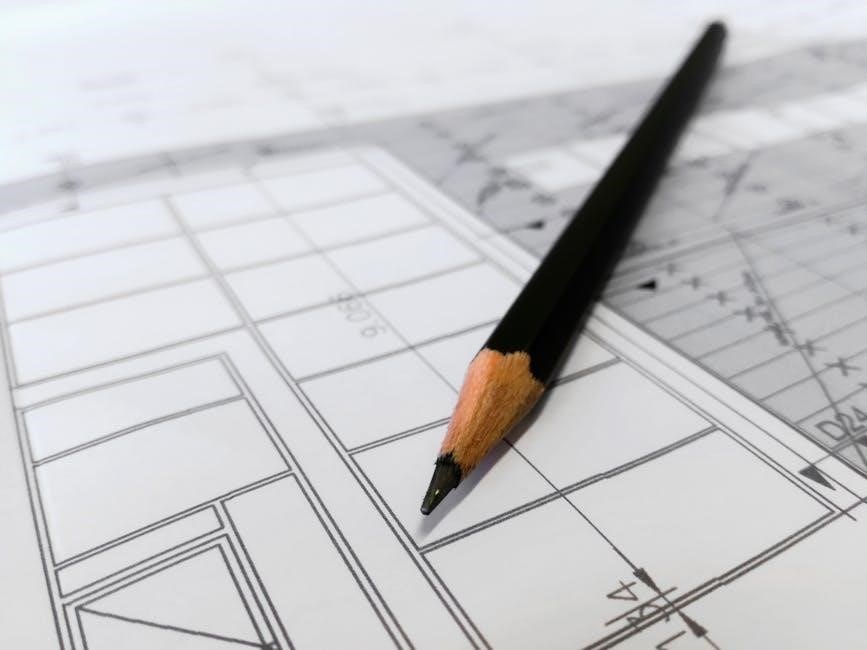Welcome to our comprehensive guide on finding your perfect bra fit. Learn how to measure accurately, understand your size, and discover styles that suit your body, ensuring comfort and confidence all day.
Why Proper Bra Fit Matters
A well-fitting bra is essential for comfort, confidence, and even health. Proper support can prevent back pain, improve posture, and reduce discomfort during daily activities. Many women wear bras that are either too tight or too loose, which can lead to health issues like restricted breathing or skin irritation. A correct fit ensures optimal support for your breasts, minimizing strain on your shoulders and back. Additionally, the right size enhances the appearance of your clothing, boosting self-esteem. Since body changes can affect bra size, regular measurements are crucial. Understanding your true size helps you make informed choices, ensuring long-lasting comfort and a flattering fit. Proper fit is not just about aesthetics—it’s about overall well-being.
Essential Tools for Measuring
To accurately measure your bra size, you’ll need a few simple tools. A soft, flexible measuring tape is the most crucial tool, as it allows you to take precise measurements around your torso and bust. A non-padded bra is recommended, as it provides a natural shape and fit. Stand in front of a mirror to ensure the tape is level and properly positioned. If you don’t have a measuring tape, some guides suggest using a string or ribbon to wrap around your body and then measuring its length with a ruler. Having a friend assist can also help ensure accuracy, especially when measuring around the fullest part of your bust. These tools will help you achieve precise measurements for a perfect fit.

Understanding Your Band Size
Your band size is the numerical part of your bra size, representing the measurement around your torso, just under your bust. It provides primary support and ensures a stable fit, making it crucial for comfort and proper bra function. Accurate band size is essential for a flattering and secure bra fit.
How to Measure Your Band Size
To measure your band size, wrap a flexible tape measure snugly around your torso, directly under your bust where your bra band sits. Stand up straight and ensure the tape is level and parallel to the floor. The tape should be tight enough to stay in place but not so tight that it feels restrictive. If the measurement is even, add 4 to determine your band size. If it’s odd, add 5. For example, a 30-inch measurement corresponds to a 34-band size. This step is crucial for ensuring proper support and comfort, as the band provides the foundation of your bra’s fit.
Converting Measurements to Band Sizes
Once you have your band measurement, convert it to your bra size using a standard sizing chart. For even measurements, add 4 to find your band size. For example, a 30-inch measurement becomes a 34-band size. If your measurement is odd, add 5 instead, so a 31-inch measurement becomes a 36-band size. This system ensures your bra band fits snugly, providing optimal support and comfort. Remember, band sizes vary slightly between brands, so always refer to the specific sizing chart for accuracy. Proper conversion is key to finding a bra that feels great and offers the right level of support throughout the day.
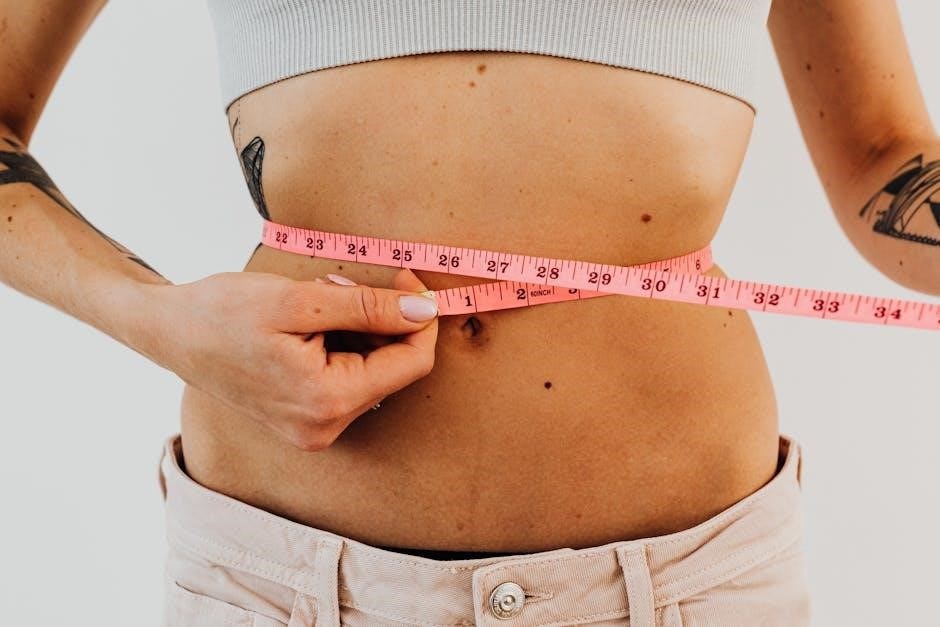
Understanding Your Cup Size
Cup size reflects the difference between your band and bust measurements. Measure around the fullest part of your bust, then subtract your band size to determine your cup size.
How to Measure Your Cup Size
To measure your cup size, wrap a soft tape measure around the fullest part of your bust while wearing a non-padded bra. Ensure the tape is level and snug but not too tight. The difference between this measurement and your band size determines your cup size. For example, if your bust measures 40 inches and your band size is 38 inches, the difference is 2 inches, which corresponds to a B cup. Use a mirror to ensure accuracy and consider enlisting a friend’s help for precise results. This step is crucial for achieving the right fit and comfort in your bras.
Calculating Cup Size Difference
Calculating your cup size involves finding the difference between your bust and band measurements. Subtract the band size from the bust measurement. Every inch represents a cup size increase: 1 inch for A, 2 for B, and so on. For example, if your band is 34 and bust is 37, the difference is 3 inches, resulting in a C cup. Use this method to determine your exact cup size, ensuring a perfect fit. This calculation is essential for selecting bras that provide proper support and comfort, tailored to your body’s unique measurements.
How to Measure Your Bra Size at Home
Use a soft tape measure, wear a non-padded bra, and stand in front of a mirror. Measure your band size under the bust and cup size around the fullest part of your bust. Subtract the band size from the bust measurement to determine your cup size. Ensure the tape is snug for accurate results. This method helps you find your perfect fit comfortably at home.
Step-by-Step Guide to Accurate Measurement
To accurately measure your bra size at home, start by wearing a non-padded bra and standing in front of a mirror. Wrap a soft tape measure snugly around your torso, directly under your bust, ensuring the tape is level and parallel to the floor. This gives your band size. Next, measure around the fullest part of your bust, keeping the tape level and not too tight. Subtract the band size from this measurement to determine your cup size. For example, if your band is 36 inches and your bust is 40 inches, the difference is 4 inches, corresponding to a D cup. Ensure the tape is snug but not constricting for the most accurate results. Repeat the process to confirm consistency and adjust as needed for the perfect fit.
Tips for Measuring Without a Tape Measure
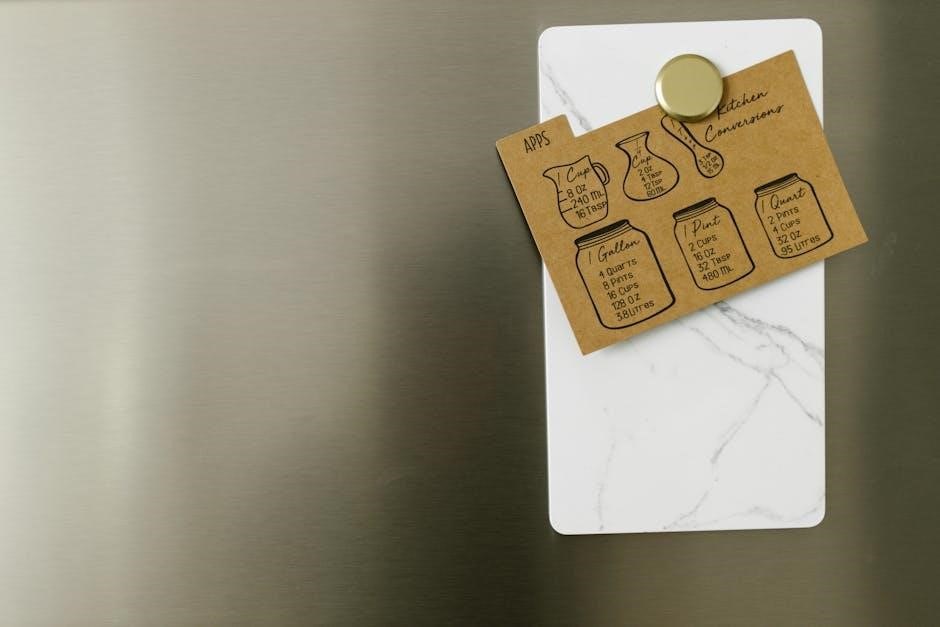
If you don’t have a tape measure, use a piece of string or flexible cord to measure your band and bust sizes. Wrap the string snugly around your torso under your bust to determine your band size. Then, measure around the fullest part of your bust, keeping the string level. Mark the overlap points on the string and measure the length with a ruler. Calculate your cup size by finding the difference between your bust and band measurements. For accuracy, ensure the string is snug but not too tight, and consider having someone assist you. Using a non-padded bra will provide the most accurate results. This method helps you find your perfect fit without a tape measure.
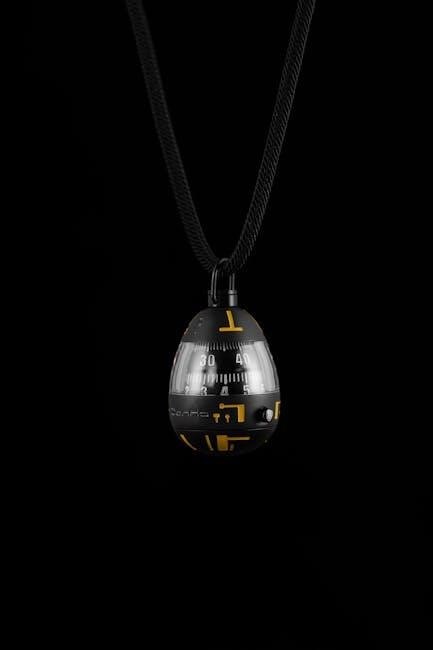
Common Mistakes to Avoid
Common mistakes include measuring too loosely or tightly, using the wrong bra type, and not accounting for breast shape variations. Avoid these errors for accurate results.
Mistakes in Band Size Measurement
One of the most common mistakes when measuring band size is not keeping the tape measure snug enough, leading to an overly loose or tight fit. Many women also forget to stand up straight, which can distort the measurement. Another error is measuring over tight clothing or a padded bra, as this adds extra inches. Additionally, some individuals round up or down incorrectly, not following the standard sizing rules. To avoid these pitfalls, ensure the tape is level, fits comfortably snug, and sits directly under the bust. Avoid slouching or pulling the tape too tight, as this can misrepresent your true band size. Accurate measurement is key for a supportive and comfortable fit.
Mistakes in Cup Size Measurement
One common mistake when measuring cup size is not positioning the tape measure correctly over the fullest part of the bust. Many women place it too high or too low, leading to inaccurate results. Another error is not accounting for breast shape and spacing, as uneven breasts can cause confusion. Some individuals also forget to measure while wearing a well-fitting, non-padded bra, which can skew the numbers. Additionally, miscalculating the difference between the bust and band measurements is a frequent oversight. To avoid these errors, ensure the tape is level, centered, and snug around the fullest point of the bust. Proper alignment and attention to detail are crucial for determining the correct cup size and ensuring a flattering fit.
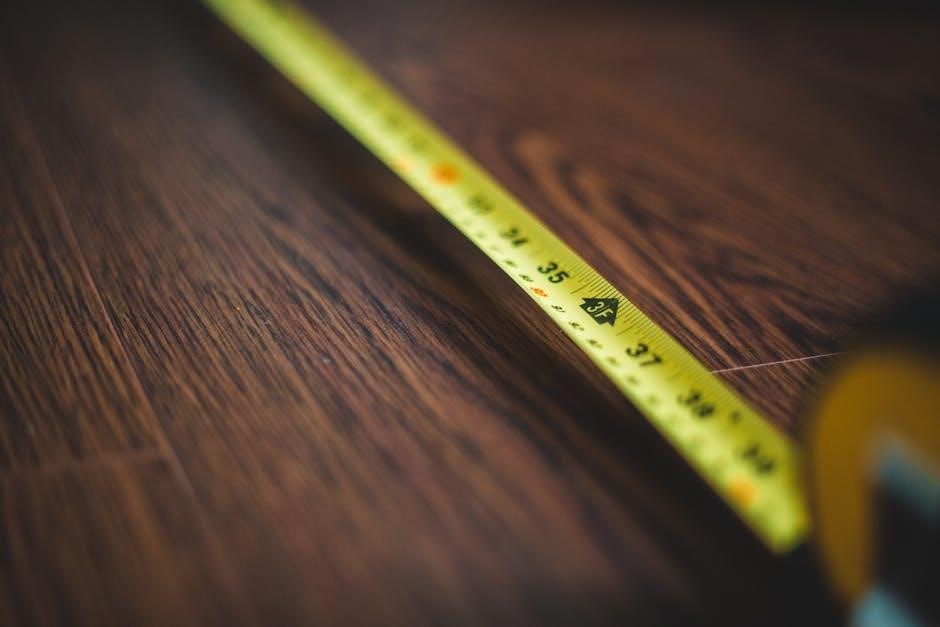
International Bra Size Conversions
Understanding international bra size conversions is key for global shopping. US, UK, and European sizes differ, requiring charts to align band and cup measurements accurately for the best fit.
US to Europe Bra Size Conversion
Converting US bra sizes to European sizes involves aligning both band and cup measurements. The band size remains numerically consistent across regions, while cup letters differ. For example, a US 36B is equivalent to a European 36C. Use a conversion chart to match your US size precisely with European standards, ensuring a consistent fit. This guide helps you navigate the differences, making international shopping seamless and stress-free. Accurate conversion ensures your bra provides the same comfort and support regardless of the region you’re shopping in. Always refer to official charts for precise measurements and comparisons.
UK to US Bra Size Conversion
When converting UK bra sizes to US sizes, the band size remains the same numerically, but the cup size differs. For instance, a UK 32D is equivalent to a US 32E. This discrepancy arises because UK sizes use a smaller cup scale compared to the US. To ensure accuracy, consult a detailed conversion chart. Start by measuring your band and cup size using a tape measure, then align these measurements with the corresponding US sizes. This guide simplifies the process, making it easier to shop across regions confidently. Proper conversion ensures your bra fits perfectly, providing the support and comfort you need every day.
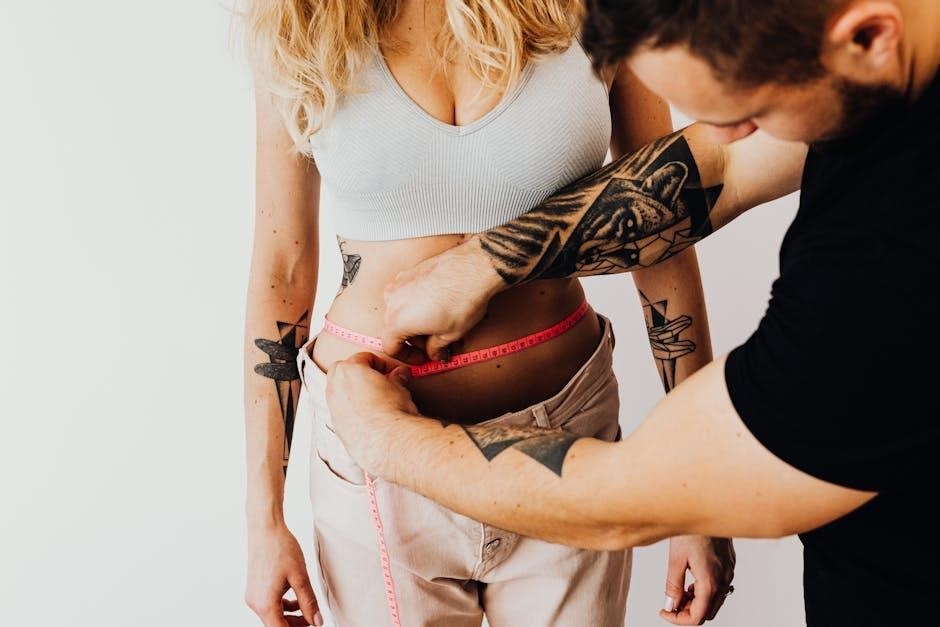
Additional Tips for the Best Fit
Experiment with styles, consider fabric preferences, and ensure proper hook adjustment for optimal comfort. Regularly reassess your size, as body changes can affect fit over time.
How to Ensure Long-Lasting Comfort
Ensuring long-lasting comfort starts with choosing a bra that fits perfectly and suits your lifestyle. Opt for breathable fabrics like cotton or bamboo to keep your skin comfortable throughout the day. Avoid tight bands that restrict movement or cause discomfort. Regularly washing your bras in gentle cycles can extend their lifespan. Additionally, rotate your bras to prevent over-stretching of the bands and cups. Pay attention to the condition of your bras; if straps are frayed or underwires are poking through, it’s time for a replacement. Finally, consider the activities you’ll be doing—sport bras for workouts and soft, wire-free bras for casual days can make a significant difference in comfort.
- Choose high-quality, breathable fabrics for daily wear.
- Replace bras when they show signs of wear and tear.
- Opt for activity-specific bras for better support and comfort.
When to Re-Measure Your Bra Size
Regularly re-measuring your bra size ensures a consistent and comfortable fit. Factors like weight fluctuations, pregnancy, aging, or medical changes can alter your measurements. If you notice your bra feeling too tight, digging into your skin, or providing insufficient support, it’s time to re-measure. Additionally, hormonal changes during menopause or breastfeeding can affect your size. Even without significant life events, your body naturally changes over time, so it’s recommended to measure your bra size every 6-12 months. Staying aware of these changes ensures you continue to wear a bra that supports and flatters your figure.
- Weight changes or hormonal shifts can alter your size.
- Pregnancy, breastfeeding, and menopause often require re-measurement.
- Check your size every 6-12 months for optimal fit.
Mastering the art of bra measurement is a powerful step toward comfort, confidence, and style. By understanding your band and cup size, you can make informed choices that enhance your daily life. Remember, your body changes over time, so regular re-measurement is key to maintaining the perfect fit. Whether you’re shopping online or in-store, knowing your accurate size ensures you find bras that support and flatter your unique shape. Don’t hesitate to explore size charts, guides, or seek professional help for personalized advice. Embrace the freedom of a well-fitting bra and enjoy the confidence it brings to every moment of your day.
